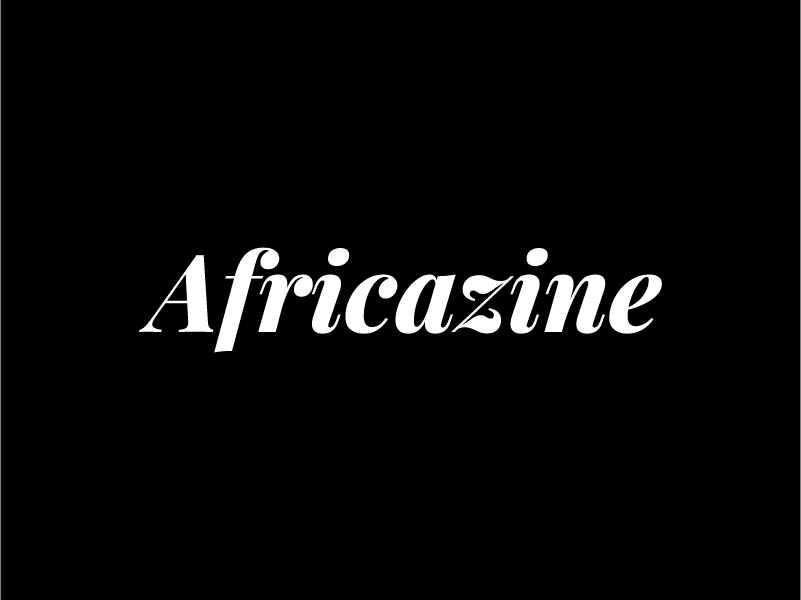Revolutionizing Our Perception of Africa: A Call for Map Accuracy
DAKAR, Senegal (Africazine) — Picture a world where Africa is depicted accurately on our maps—not merely as an afterthought, but as the enormous and vibrant continent it truly is. Recent discussions around map projections, particularly the widely used Mercator projection, have reignited the debate over Africa’s representation. Interestingly, the Mercator map, created in the 16th century, portrays Greenland and Africa as similar in size. However, the Equal Earth projection, a modern alternative introduced in 2018, reveals a striking reality where 14 Greenlands could comfortably fit within Africa’s expansive borders.
For decades, the distortion of Africa’s size in conventional maps has drawn criticism, but a new initiative spearheaded by African advocacy groups is gaining traction. The campaign, called “Change The Map,” seeks to promote the use of the Equal Earth projection in schools, organizations, and media outlets across the globe. With support from the African Union—the diplomatic body representing 55 member states—this movement marks a pivotal moment in the drive for accurate geographical representation.
Launched by Africa No Filter and Speak Up Africa, the campaign emphasizes the importance of understanding Africa’s true size and significance. Fara Ndiaye, co-founder and deputy executive director of Speak Up Africa, poignantly remarked, “Correcting the map is not only an African issue but a matter of truth that affects everyone.” Bias stemming from decades of misrepresentation can lead to skewed perceptions of a continent that is home to over 1.4 billion people and an array of diverse cultures and contributions.
Although many people are familiar with the Mercator projection—still prevalent in classrooms and popular applications like Google Maps—geographers recommend transitioning to models like Equal Earth that showcase a more accurate representation of our planet. While the Mercator projection was useful for navigators centuries ago, its relevance today is being questioned. Mark Monmonier, a geography professor at Syracuse University, stated, “Outside of navigation, there is no point to using the Mercator projection.” He advocates for more contemporary options that consider the Earth’s curvature for a truly accurate depiction of size.
As conversations about representation and accuracy evolve, this initiative is not just about changing maps; it’s about reshaping perceptions and challenging long-held biases about Africa’s role in the global narrative. The goal is simple but profound: to ensure every learner, whether in Africa or elsewhere, has access to the truth.
In this digital age, where information spreads like wildfire, the push for accurate maps is not merely about geography; it’s about fostering a more informed world—one that recognizes and values Africa’s immense cultural and strategic significance.
Join the conversation about accurate representation and help spread the word—changing the way we see the world begins with reframing our maps. #WorldNews #Politics #Tourism #Lifestyle #BusinessNews



